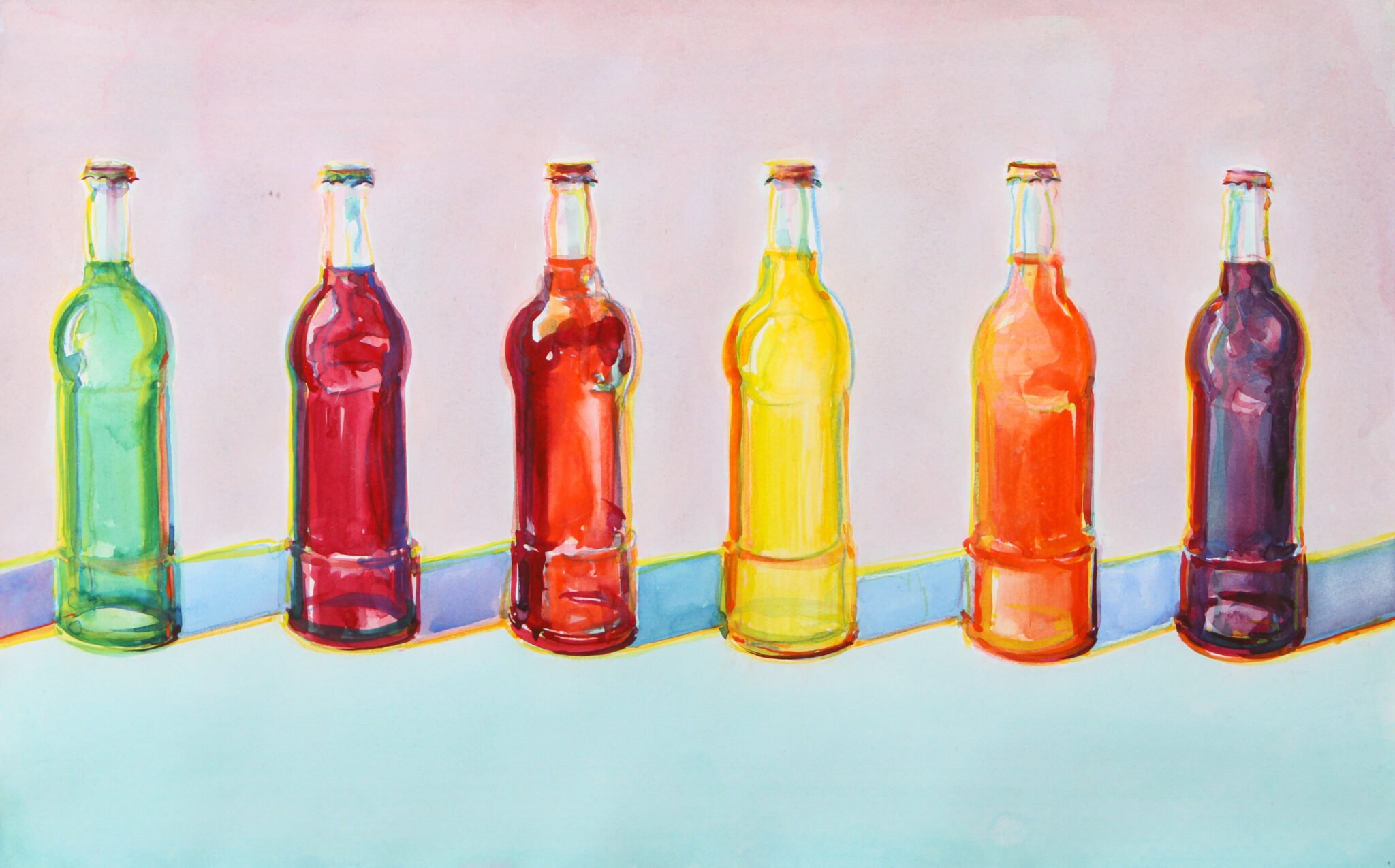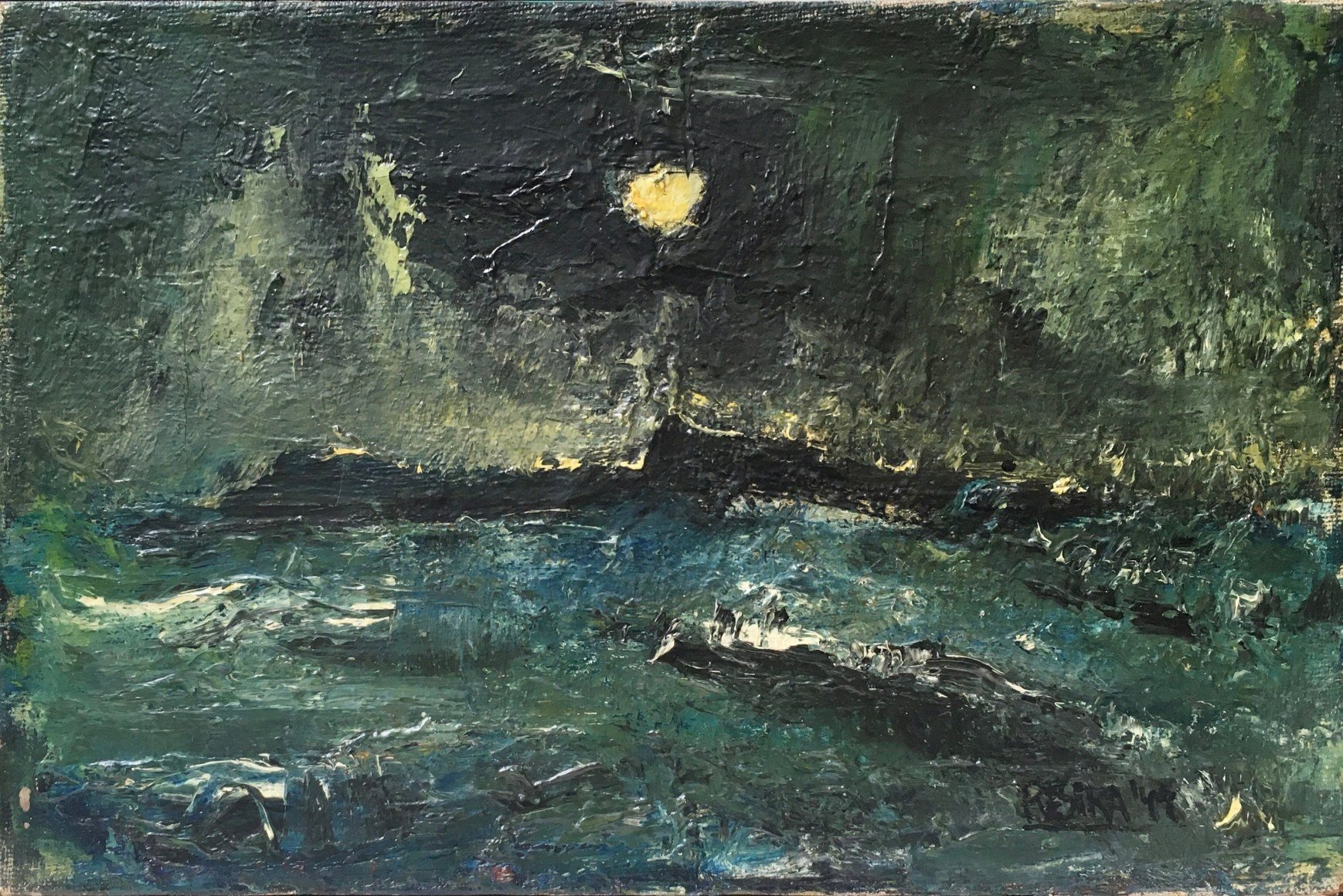THE NEW CRITERION, May 2025
On “Neue Sachlichkeit / New Objectivity,” at the Neue Galerie, New York.
The end of the First World War shocked the arts, nowhere more so than in Germany. Empire was out. Democracy was in. A thin veil of liberalism shrouded the darker forces of defeatism, instability, and resentment. As architects and designers smoothed over the rough edges, artists focused on the sheen of this new society to identify its rips and tears.
A critic at the time called this confounding and ultimately tragic movement the Neue Sachlichkeit, for the “new objectivity” that looked to salvage Germany with sober realism and brutal honesty. Just what was newly objective about this cultural moment that swept through the Weimar Republic in the interwar years between 1918 and 1933 is now the subject of a broad survey at New York’s Neue Galerie—one that takes into account not only the era’s painting but also its sculpture, architecture, photography, film, and design.1
“Neue Sachlichkeit / New Objectivity” has been curated at Neue Galerie by Olaf Peters, a professor at Martin Luther University in Halle-Wittenberg, who last organized the Neue’s “Max Beckmann: The Formative Years, 1915–1925,” which I reviewed in this space in January 2024. The timing of the exhibition pays tribute to another historian and curator, Gustav Friedrich Hartlaub, who helped coin the term “Neue Sachlichkeit” and organized a historic survey of representative paintings a century ago at the Kunsthalle Mannheim.
Germany’s new objectivity, which might better be understood as a new frankness, reflected a larger, international turn away from what were seen as the excesses of abstraction and expressionism in favor of a renewed commitment to representation. In his “Introduction to ‘New Objectivity’” of 1925, Hartlaub wrote of artists “disillusioned, sobered, often resigned to the point of cynicism having nearly given up on themselves after a moment of unbounded, nearly apocalyptic hope,” ones who “in the midst of the catastrophe have begun to ponder what is most immediate, certain, and durable: truth and craft.”
Oskar Schlemmer, Bauhaus Stairway, 1932, Oil on canvas, Museum of Modern Art, New York.
As presented by Peters, this spirit of objectivity extended beyond the satirical eye of such painters as George Grosz and Otto Dix, the focus of Hartlaub’s original show, to the clean lines of the Bauhaus, which was founded in Weimar in 1919, and to the crisp focus of modern photography and design. “The catastrophe of the war demanded a pitiless and undaunted eye,” Peters writes in the exhibition’s extensive catalogue, an eye that he argues took on a wider range of vision than initially understood. “Neue Sachlichkeit was an artistic movement that seized an entire country.”
An opening room here called “Playground and Object” leads to Oskar Schlemmer’s iconic 1932 Bauhaus Stairway (Museum of Modern Art). This smooth painting of faceless female figures ascending a stripped-down staircase suggests the levitational mobility of this new era, at least as taken step by step. The work is supplemented by a 1929 Schlemmer painting of five nudes and a 1923 lithograph for a Bauhaus exhibition by Fritz Schleifer, both from private collections, all of which reduce the particulars of human expression to robotic forms.
“Playground and Object” suggests the breadth of the new objective style. A suite of unflinching photographs by August Sander, of family, neighbors, and children, is mixed with snapshots and collages by Josef Albers, Aenne Biermann, Kurt Schwitters, and Rudolf Kramer. A remarkable 1930 documentary-like film called People on Sunday by Robert Siodmak, cowritten by none other than Billy Wilder, here presented on a video monitor, deserves a seat for its seventy-three-minute window onto the so-called new man and woman of Weimar.
George Grosz, Eclipse of the Sun, 1926, The Heckscher Museum of Art, Huntington, New York. © 2025 Estate of George Grosz. Licensed by VAGA at Artists Rights Society (ARS), New York.
There is much to take in through this opening presentation, including a vitrine of modern conveniences such as a spread of Bauhaus tableware by Marianne Brandt as well as clinical photographs by Hans Finsler, photographic studies of garbage by Rudolf Kramer, and a curious selection of paintings of children with their colorful toys by Otto Dix, Heribert Fischer-Geising, Wilhelm Heckrott, Hilde Rakebrand, and Wilhelm Lachnit. Taken as a whole, the selection suggests a peacetime dividend merely supporting an artificial normalcy, one in which dolls, mannequins, children, and pets all wear the same mask.
Figure and Space,” the title of the following room, brings together compressed landscapes with scenes of more direct social commentary. George Grosz’s Eclipse of the Sun (1926, Heckscher Museum of Art) is a well-known example of the latter. A bombastic assembly of military, industrial, and bureaucratic figures conspire around a donkey with blinders on, all the while stepping on a child caged below their feet. The symbol of a dollar sign flashes across the horizon. A top-hatted industrialist loaded down with munitions whispers in the ear of a uniformed figure resembling Paul von Hindenburg.
As he turned against the expressive surface treatments of modernism, Grosz’s satirical extremes mixed acidic criticism with traditional paint handling. Writing in 1931, Grosz likened the precision of his work to that of Pieter Bruegel and Hieronymus Bosch: “Do not fear looking back to your ancestors. . . . Why then the usual pilgrimage to the philistine French Mecca? Why not return to our ancestors and set forth a German tradition?”
Georg Scholz’s Of Things to Come (1922, Neue Galerie) may be more restrained than Grosz’s work but no less direct. Three frowning men survey open ground in front of a backdrop of factories. Their cigars, cigarettes, and pipes join the smoking stacks behind them. Similarly, the three frog-faced figures in Franz M. Jansen’s Masks (1925, lvr-Landesmuseum, Bonn) might suggest Weimar’s croaking relationship between military and business or between man and woman.
Franz M. Jansen, Masks, 1925, Oil on canvas, LVR-Landesmuseum, Bonn.
Remove such figures and we come to the pendant side to representation in the Neue Sachlichkeit. Educated at the Bauhaus, where he studied with Lyonel Feininger, Carl Grossberg produced deadpan reflections of town and industry. Marktbreit (Marktbreit am Main, Bavaria) (1931) is an assembly of red roofs. Jacquard Weaving Mill (1934) captures textile machines mid-production. Both of these paintings and the five other works by Grossberg, all on loan from the Merrill C. Berman Collection, find compositional order in the chaos of their busy depictions, here stripped of people and arranged in deep perspective.
Writing in 1926, the art historian Justus Bier, who later became the director of the North Carolina Museum of Art, took note of Grossberg’s
factories, machine halls, monstrosities of dynamos, rolling mills, furnaces, hammers—presented without false enthusiasm, full of a hard and mental sobriety of observation that can wrest clarity, coherence, distinctness of function from the heap, the chaos of forms.
Similar examples are Volker Böhringer’s High Pressure Steam (1923, Merrill C. Berman Collection) and Karl Hanusch’s Airport Observation Tower (1927, Städtische Sammlungen Freital). Architectural materials such as a brick wall, a wooden post, and a metal tread plate appear to be stamped right into the surfaces of the compositions. Compared to these works, two relatively benign still-lifes by Eberhard Viegener, of bananas, jugs, and cacti from 1927 and 1928, might seem out of place, but they reveal the echoes of Henri Rousseau in much of this new objectivity.
A large gallery called “Character and Representation” then presents the portraiture and artists we most associate with the Neue Sachlichkeit. Dr. Mayer-Hermann (1926, Museum of Modern Art), by Otto Dix, faces the entryway and suggests that we too are here for our exam. Dix rendered Mayer-Hermann, a prominent physician of the ear, nose, and throat, as a rotund guru, heavier than he was in life. A head mirror and metallic instruments all reflect the examination room around him—even as we, the viewer, appear to be absent in the reflection. The painting is joined by Dix’s equally unflattering Portrait of the Lawyer Dr. Fritz Glaser (1921, private collection), in which Glaser’s gray skin, inflated abdomen, and swollen hands suggest necrosis. Even more revealing is Dix’s Half-Nude (1926, private collection), in which a woman attempts to conceal her nakedness by crossing her arms.
Carl Grossberg, Jacquard Weaving Mill, 1934, Oil on plywood, Merrill C. Berman Collection.
While revolutionary in presentation, Dix looked to the traditions of the past for his painting style. “In recent years, one catchphrase has motivated the present generation of creative artists. It urges them to ‘Find new forms of expression!’” he wrote in 1927.
I very much doubt, however, whether such a thing is possible. Anyone who looks at the paintings of the Old Masters, or immerses himself in the study of their works, will surely agree with me. . . . For me, the object is primary and determines the form.
Closely aligned with the Neue Sachlichkeit, Max Beckmann is represented here by only one work, The Old Actress (1926, Metropolitan Museum of Art). A critic of expressionism and Fauvism, Beckmann railed against the “feeble and overly aesthetic” interests of “so-called new painting” for “its failure to distinguish between the idea of a wallpaper or poster and that of a ‘picture.’ ” For his Portrait of John Förste, Man with Glass Eye (1926, private collection), George Grosz departed from histrionics while still focusing on the wounded and strange. Meanwhile, in Two Girls (1928, private collection), Christian Schad employed the precision of Northern Renaissance portraiture for meretricious ends. Mixed in among these highlights are portraits by Karl Hubbuch, Hans Grundig, Gerd Arntz, Rudolf Schlichter, Heinrich Maria Davringhausen, Kurt Querner, and others who were part of the broader movement.
Reviewing Scholz in 1923, the historian Hans Curjel wrote how
unrelenting war is declared against all complacency, all stubbornness, all heartfelt, philistine sentimentality, all jampacked sexuality, all capitalist rawness, all patriotic stupidity, and they will be fought with brutal openness.
A selection of drawings and prints by Hanna Nagel, Scholz, and Schad deserves an extra look for the draftsmanship that went into such polemics. Further examples of works on paper by Alexander Kanoldt, Ernst Thoms, Schlemmer, Schad, Grosz, and Dix continue in a side gallery. Here they are paired with a range of portrait busts, from Paul Berger’s realistic Eugen Hoffmann (1925, Albertinum) and Hoffmann’s Otto Dix (ca. 1925, Kunstsammlungen Zwickau) to Rudolf Belling’s deco-robotic Sculpture 23 (1923, cast 1960s, Neue Galerie) and Schlemmer’s stylized Grotesque (1964, Neue Galerie). The exhibition concludes in a hallway with posters by Willi Baumeister, Max and Binia Bill, Hans Leistikow, and Karl Peter Röhl, along with portrait photography by Suse Byk and Yva on loan from Kunstbibliothek, Staatliche Museen zu Berlin—fashionable pictures that are highlights of the show.
Yva (Else Ernestine Neuländer), Woman Modeling Jewelry from the Völkerkundemuseum (Ethnological Museum), 1933, Kunstbibliothek, Staatliche Museen zu Berlin.
The range of styles and materials in this exhibition suggests a revisionist take on the Neue Sachlichkeit that may indeed be more representative of that broader movement. Nevertheless, the presentation—tied to Hartlaub’s 1925 painting exhibition and engaged with his taxonomies of “verism” and “classicism”—can come across as overdetermined, aimed at an academic rather than museum audience.
The historian Alfred Neumeyer regarded “Neue Sachlichkeit” as a “promotional word” and a “fictive name for a style.” Like a handful of other observers of this new objectivity, he was eventually able to immigrate to the United States, but not everyone in this exhibition was as fortunate. In 1930s Germany, the permanence of the “new objectivity” proved to be far too fictive. There may be lingering uncertainty over just what was the Neue Sachlichkeit. Still, it is impossible not to see in each work here a ticking alarm clock set to 1933.
“Neue Sachlichkeit / New Objectivity” opened at Neue Galerie, New York, on February 20 and remains on view through May 26, 2025. ↩
















